Pets do a lot of things we find adorable, annoying, or just plain odd, but not all of it can be easily understood.
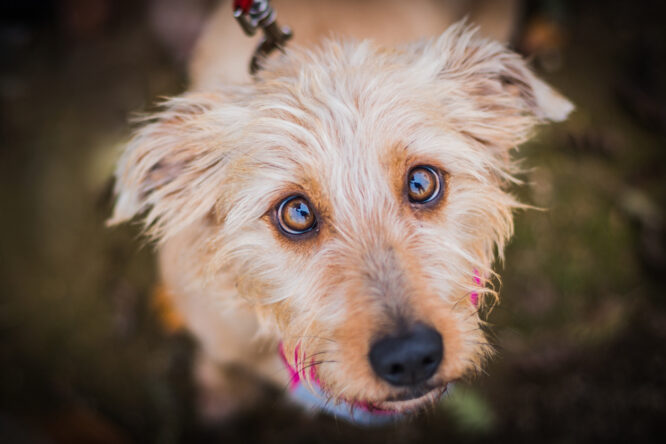
Even with decades of research into animal behaviour, there are still moments when dogs, cats, and other companions surprise us with habits science hasn’t fully figured out. Maybe we’ll never be able to fully translate their motivations into human terms, and they’ll remain mysteries forever. Either way, here are 13 things your pet might do that still leave even the experts guessing.
1. Staring at nothing for long stretches
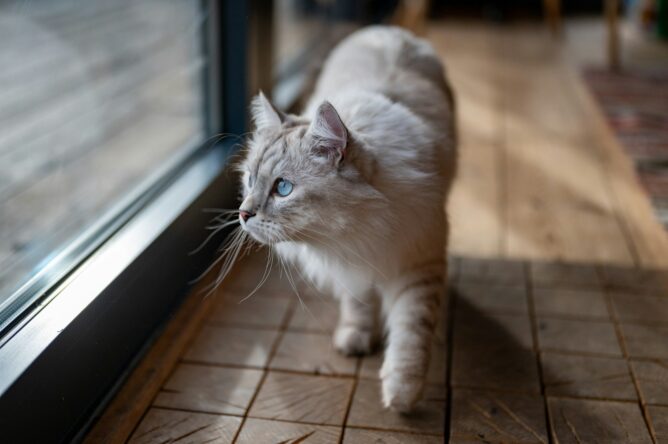
Sometimes your dog or cat just freezes and fixates on an empty corner of the room. You check, nothing’s there, but they won’t stop staring. Some say it’s a reaction to distant sounds or light flickers, but no single explanation fully fits every case. Researchers believe it could be a mix of heightened sensory awareness, instinct, and boredom. But the truth is, no one can definitively say what’s got their attention, so the mystery lingers.
2. Zooming around the house with no warning
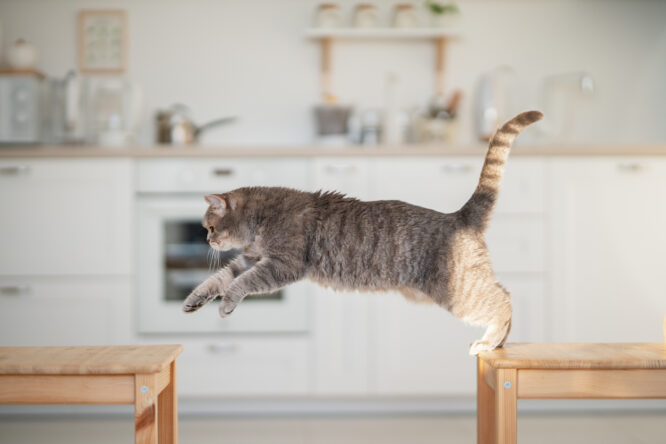
The zoomies, also known as Frenetic Random Activity Periods, happen when your pet just explodes into motion. One minute they’re still, the next they’re racing in circles or bouncing off furniture. It’s often linked to excess energy or excitement, but there’s no scientific consensus on exactly why it happens in such intense bursts. Some pets just need to release energy, but the timing and trigger remain unpredictable.
3. Knowing when you’re coming home, even at odd times

Many pet owners report their animals heading to the door or window just before they return—without any obvious signal. This happens even when routines change unexpectedly. There are theories around scent trails, body clock syncing, or subtle environmental cues, but none fully explain how they can consistently pick up on your return. It’s one of those “how do they know?” moments science hasn’t nailed down.
4. Random fits of meowing or barking at night
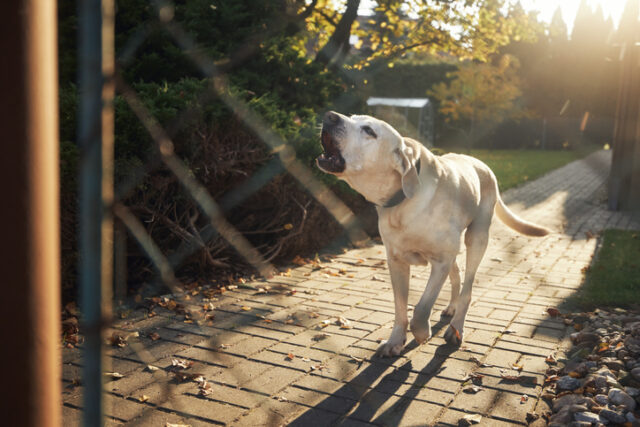
Your pet might suddenly get vocal late at night for no clear reason. Sometimes it’s a quick burst, other times it turns into a full performance. It’s not always hunger, attention-seeking, or fear. Experts think it may be related to overstimulation, sleep cycles, or energy surges, but the exact triggers vary wildly and aren’t always measurable. It’s still one of those behaviours with more guesses than facts behind it.
5. Bringing you “gifts” (sometimes gross ones)
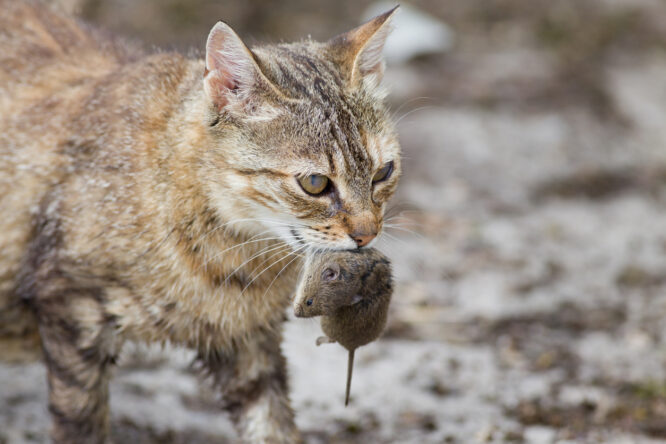
Whether it’s a dead mouse, a sock, or a chewed-up leaf, pets have a tendency to deliver items to their humans. With cats, it’s often said to be hunting instinct. With dogs, it might be a bonding gesture. However, science hasn’t fully agreed on whether it’s about pride, sharing, teaching, or something else entirely. The motivations are murky, and seem to vary from pet to pet.
6. Watching you in the bathroom
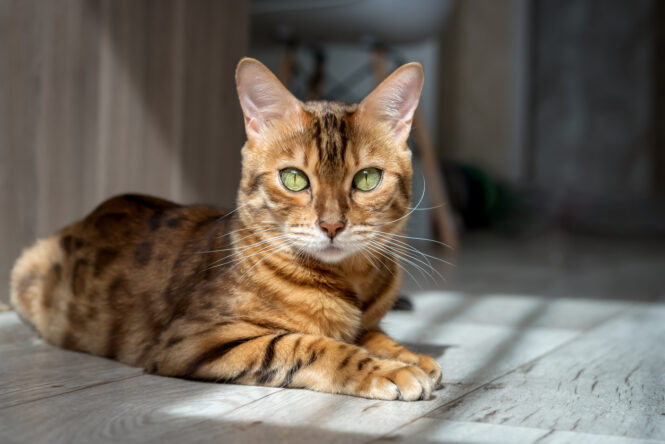
For reasons no one can explain with certainty, many pets insist on joining you in the bathroom. They’ll push the door open, sit by your feet, or just stare while you’re mid-toothbrush or shower. Some say it’s about guarding you while you’re vulnerable. Others think it’s curiosity or just routine. But there’s no clear answer, only consistent reports from baffled humans worldwide.
7. Chasing their tails (even when they’re not puppies)
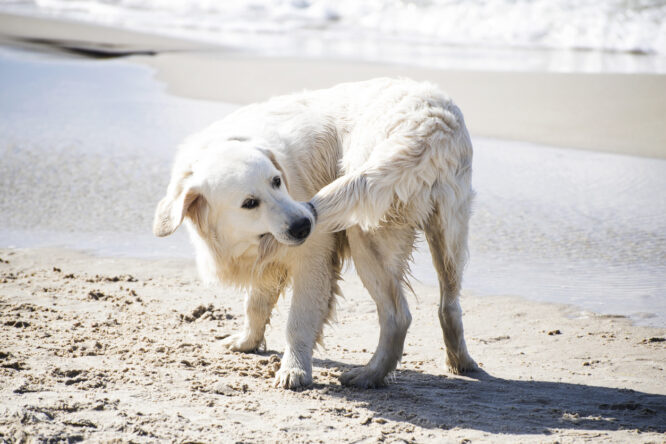
Tail chasing is common in young animals, but some continue the habit well into adulthood. Sometimes it seems playful. Other times it looks more intense, even obsessive. Vets and behaviourists have pointed to boredom, anxiety, or even minor neurological quirks, but it doesn’t explain every case. For some pets, it’s just something they do, and we’re still not sure why.
8. Sleeping in the most inconvenient spots possible
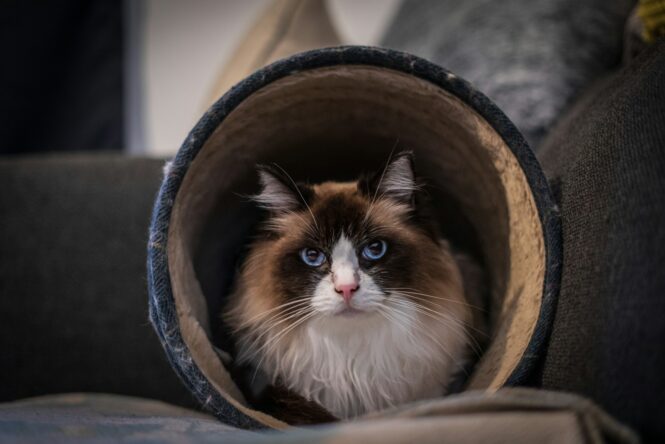
Your pet has a comfy bed, but chooses the laundry pile, your laptop keyboard, or the middle of the hallway. The logic doesn’t always make sense, and it’s not always about warmth or scent. There are theories about territory, proximity, or sensory comfort, but again, it varies so much by animal that science hasn’t pinned it down. Sometimes it just seems like they pick the spot that’ll inconvenience you the most.
9. Reacting to emotions you haven’t expressed

Many pets seem to pick up on their owner’s emotional state before it’s visible. You haven’t cried, spoken, or changed your behaviour, but they’re suddenly extra affectionate or on alert. Some suggest subtle shifts in breathing or posture, while others suspect scent changes. But science hasn’t fully explained how pets are so often able to sense what’s going on under the surface.
10. Sitting in perfect symmetry with other pets
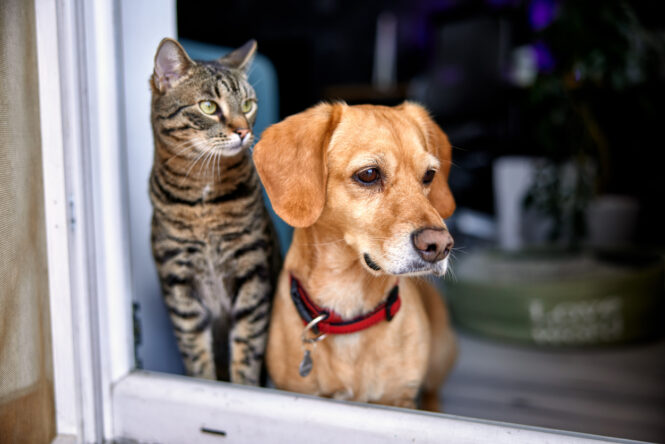
It’s not uncommon to catch multiple pets sitting or lying in the exact same position, at the same time, without any prompt. It’s oddly synchronised, and no one’s really sure what drives it. Some theories touch on social mimicry or group bonding, but it happens even with pets that don’t typically interact much. It’s subtle, strange, and still unexplained.
11. Acting anxious before a weather change

Animals often seem to know when a storm is coming—pacing, hiding, or acting out hours before anything changes. It’s likely linked to changes in barometric pressure or static electricity, but that doesn’t fully explain their accuracy. Some react when humans feel nothing, and some pick up on environmental cues science doesn’t fully understand. It’s still being researched, and it’s one of those instinctive skills we’d love to borrow.
12. Choosing a “favourite person” with no obvious reason

Pets often attach deeply to one person in the house, even if that person doesn’t feed, walk, or play with them the most. It’s not always who makes the most effort—it’s something else entirely. Some suggest it’s scent-based, energy-based, or tied to how someone communicates nonverbally. However, no clear explanation exists. It just happens, and it can feel oddly personal.
13. Making unblinking eye contact at weird times
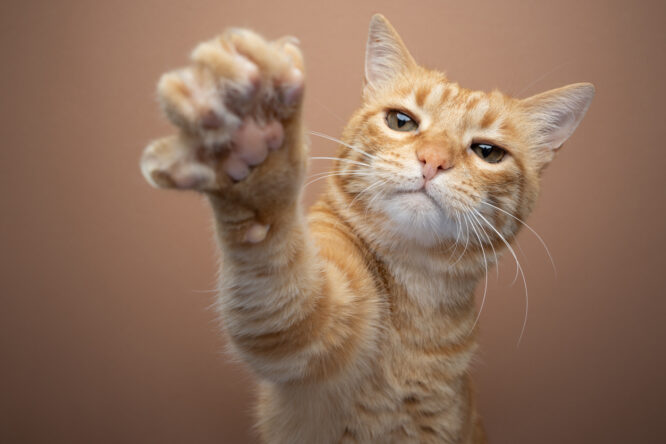
That slow, steady stare your pet gives you across the room? It can be unnerving, affectionate, or just deeply confusing. It often happens without context—no food involved, no command given. Some say it’s a sign of connection. Others link it to dominance or attention-seeking. But there’s no single reason across all pets. The long stare remains one of their quiet, slightly mysterious habits.




